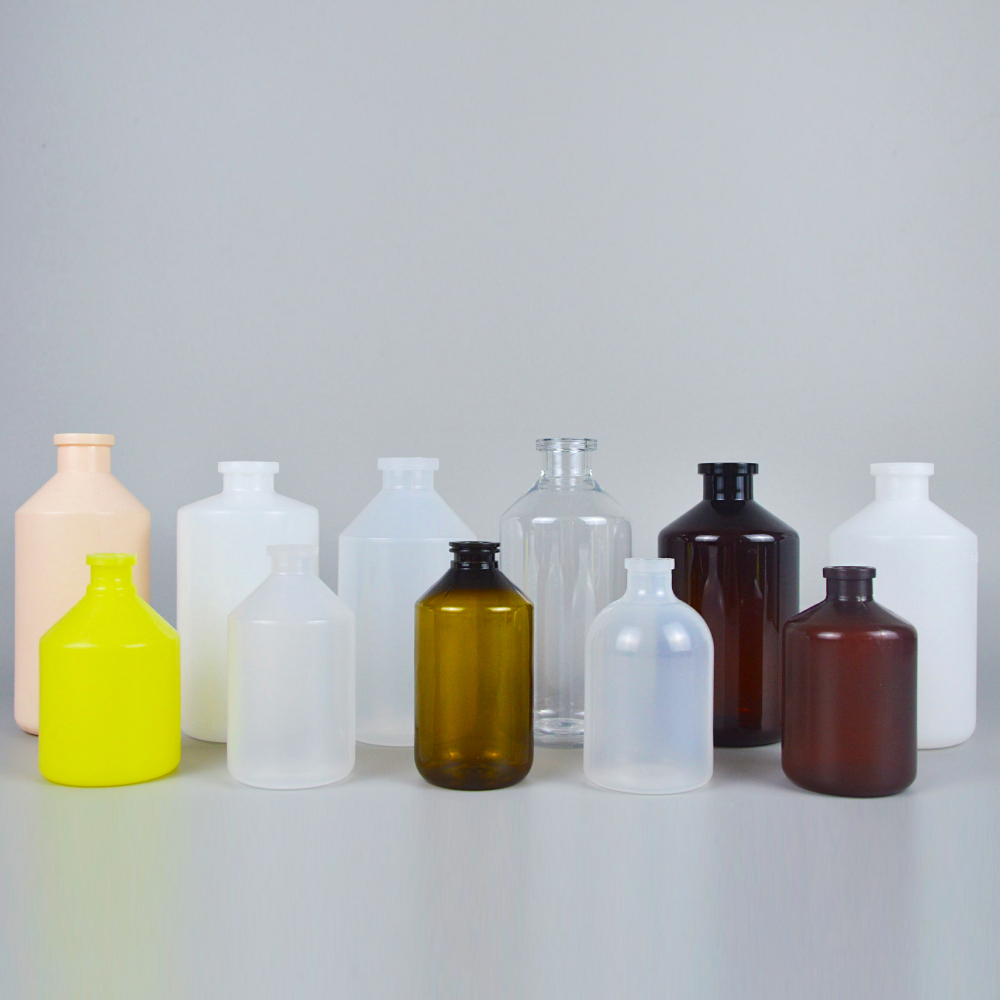High-Quality Centrifuge Tubes for Accurate Laboratory Results and Efficient Sample Handling
Understanding 100 ml Centrifuge Tubes An Essential Laboratory Tool
Centrifuge tubes are indispensable tools in laboratories, especially in biochemistry, molecular biology, and clinical research settings. Among the various sizes available, the 100 ml centrifuge tube stands out for its versatility and capacity. This article delves into the features, applications, and considerations of using 100 ml centrifuge tubes.
Features of 100 ml Centrifuge Tubes
Centrifuge tubes are designed to hold samples during centrifugation, where materials are separated based on their density using centrifugal force. The 100 ml centrifuge tube typically boasts several key features
1. Material Composition Most 100 ml centrifuge tubes are made from polypropylene or polycarbonate. Polypropylene tubes are lightweight, durable, and resistant to cracking, making them suitable for high-speed centrifugation. Polycarbonate tubes, while heavier, offer good optical clarity and strength.
2. Graduation Marks Many 100 ml centrifuge tubes come with graduated markings that allow for easy measurement of liquid volumes. This feature is essential for accurately quantifying reagents and samples.
3. Sealing Options These tubes often come with securely fitting caps that prevent leakage and contamination. Some designs include screw caps or snap-on lids, which provide a tight seal and can withstand high speeds during centrifugation.
4. Compatibility Most 100 ml centrifuge tubes fit standard rotors in laboratory centrifuges, making them easily interchangeable with other vial sizes.
Applications of 100 ml Centrifuge Tubes
The versatility of 100 ml centrifuge tubes enables them to be employed in various scientific disciplines
1. Biochemical Analysis In biochemistry, these tubes are frequently used for separating biomolecules like proteins and nucleic acids. They are ideal for preparing samples for subsequent analysis, such as spectrophotometry or chromatography.
100 ml centrifuge tubes

2. Cell Culture In cell biology, 100 ml centrifuge tubes can store and separate culture media and cell pellets. After centrifugation, researchers can obtain concentrated cell samples for experimentation or analysis.
3. Clinical Diagnostics In clinical laboratories, these tubes serve as a medium for blood or urine samples. Centrifugation helps determine the concentration of cells or other components within the samples, aiding in the diagnosis of various medical conditions.
4. Environmental Testing Environmental scientists utilize 100 ml centrifuge tubes for isolating and analyzing particulates from soil or water samples. This process allows for the study of pollutants or microorganisms in the environment.
Considerations when Using 100 ml Centrifuge Tubes
When selecting and using 100 ml centrifuge tubes, several important factors should be considered
1. Centrifuge Compatibility Ensure that the tubes are compatible with the specific centrifuge being used. Check the manufacturer's guidelines regarding the maximum speed and force that the tubes can endure to prevent breakage.
2. Sterility Requirements For sensitive applications, such as cell culture or clinical diagnostics, opt for sterile tubes to minimize contamination risks. Many manufacturers offer pre-sterilized options.
3. Chemical Resistance Depending on the samples being processed, it’s essential to verify that the tube’s material is resistant to the chemicals it will come into contact with, particularly organic solvents or harsh reagents.
4. Storage Conditions Consider the conditions under which the samples will be stored post-centrifugation. Some materials may be less stable at extreme temperatures, so it’s vital to adhere to suggested storage practices.
Conclusion
100 ml centrifuge tubes are a fundamental component of laboratory processes, offering reliability and versatility across various scientific fields. From clinical diagnostics to biochemical research, understanding the features, applications, and proper usage of these tubes can significantly enhance experimental outcomes and ensure the integrity of valuable samples. As technologies evolve, these tubes will continue to play a vital role in advancing scientific research and discovery.
-
Aesthetic Makeup Spray Bottles | Fine Mist Empty RefillableNewsAug.19,2025
-
White Plastic Veterinary Vaccine Vials | Lab Liquid BottlesNewsAug.18,2025
-
Plastic Medicine Liquid Bottle: Secure Flip Top Drug VialsNewsAug.17,2025
-
Durable 250ml Blue Plastic Vaccine Vial for Lab & Vet UseNewsAug.16,2025
-
Sterile Virus Sample Tubes: Secure & Reliable Specimen CollectionNewsAug.15,2025
-
White 250ml Plastic Vaccine Vial for Lab & Vet MedicineNewsAug.14,2025
























